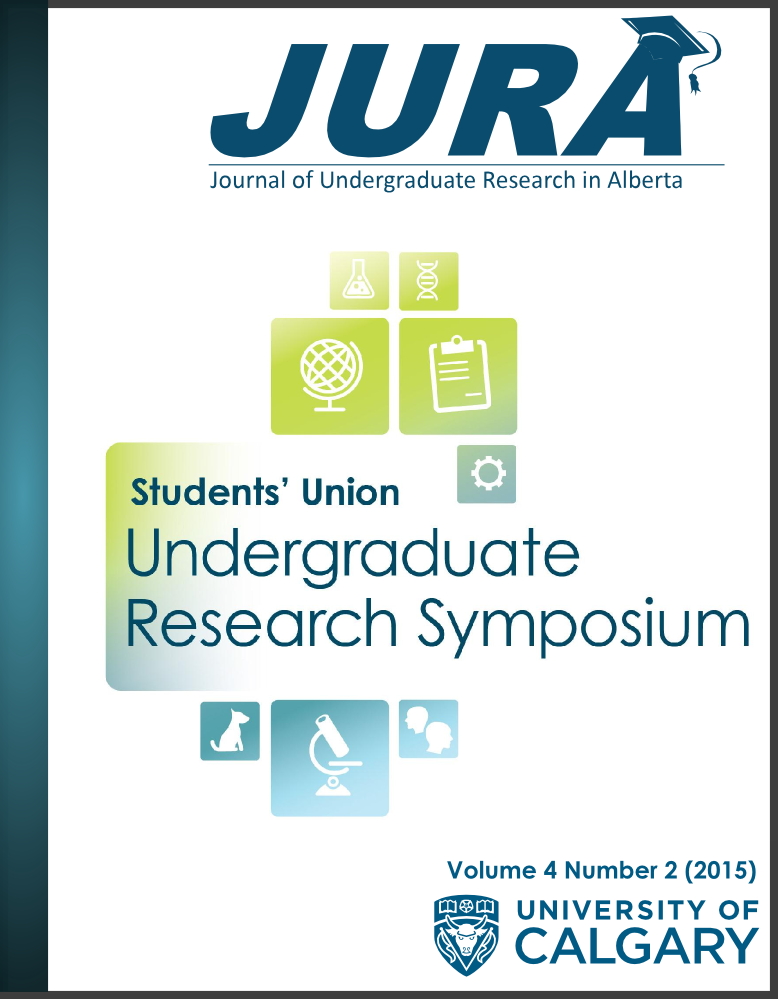Exploring Patient Perspectives on Bedside Procedures: A Mixed Methods Study
Keywords:
patient satisfaction, medical procedures, communication, mixed-methods studyAbstract
INTRODUCTION
Medical procedures are often performed on patients as part of their hospital stay. Common medical procedures include paracentesis, thoracentesis, lumbar punctures, knee arthrocentesis and central line insertions. These procedures can be performed at the patient’s bedside or in Interventional Radiology (IR). Much research has been done to improve procedural education and patient outcomes. However, little is known about the patient’s perspective. We explored how patients felt about their medical procedures and compared patient satisfaction between the bedside and IR groups.
METHODS
We conducted a mixed-methods study (May – August, 2014), on consenting medical inpatients that had procedures performed as part of their hospital stay. Participants completed a 13-item satisfaction survey (Cronbach’s alpha =0.99). Patients also had the option of participating in a semi-structured interview. Transcripts of the interviews were analyzed using principles of grounded theory with common themes identified using open coding.
RESULTS
Of the 96 eligible participants, 29 (30%) completed the survey and 12 (13%) patients completed the interview. Participants in the bedside group reported less wait time, compared with those in the IR group (median 2 hours, IQR 1-24 versus 24 hours, IQR 24-48 hrs respectively, p =0.009). However, participants in IR group reported higher satisfaction with the time it took to complete the procedure itself (4.91 ± 0.30 vs 4.07 ± 1.14; p = 0.02 where 5 = very satisfied and 1 = very dissatisfied). In addition, patients reported higher satisfaction with their aftercare when returning from IR (p=0.05). Overall, survey results suggests that irrespective of group assignment, participants were satisfied with their procedure (4.79 ± 0.42).
Of those who consented to the interview (n-12), the majority of the comments were positive (92%). Predominant themes included communication, attributes of the health care professionals, procedural comfort, efficiency, outcome and timing of the procedure. Some negative comments pertained to patients’ sense of lack of control over information and timing of the procedure, transport and pain during the procedure. Interview results suggest that patients were satisfied with their procedure, but felt a lack of control in the process.
DISCUSSION AND CONCLUSIONS
Results from the survey and the interview were concordant as patients reported being satisfied with their medical procedure. We found that there are significant differences between the bedside and IR group that make a profound impact on patient experience including wait time, efficiency and aftercare. The bedside group had higher patient satisfaction with wait times while IR group scored higher on efficiency and aftercare. Both are reasonable trade offs and support the notion that overall satisfaction is similar between the bedside and IR groups. Although patients reported high satisfaction with medical procedures, they noted that transport, timing of procedures, and communication are in need of improvement. Specifically, our findings support the need for quality improvement projects surrounding communication as participant satisfaction on this item varied depending on provider. Good communication can lead to a patient’s improved understanding of their medical procedure [1]. Limitations of this study include that is a single-center study and a small sample size. Overall, patients reported being satisfied with their medical procedures.
Downloads
References
Downloads
Published
Issue
Section
License
Authors retain all rights to their research work. Articles may be submitted to and accepted in other journals subsequent to publishing in JURA. Our only condition is that articles cannot be used in another undergraduate journal. Authors must be aware, however, that professional journals may refuse articles submitted or accepted elsewhere—JURA included.


